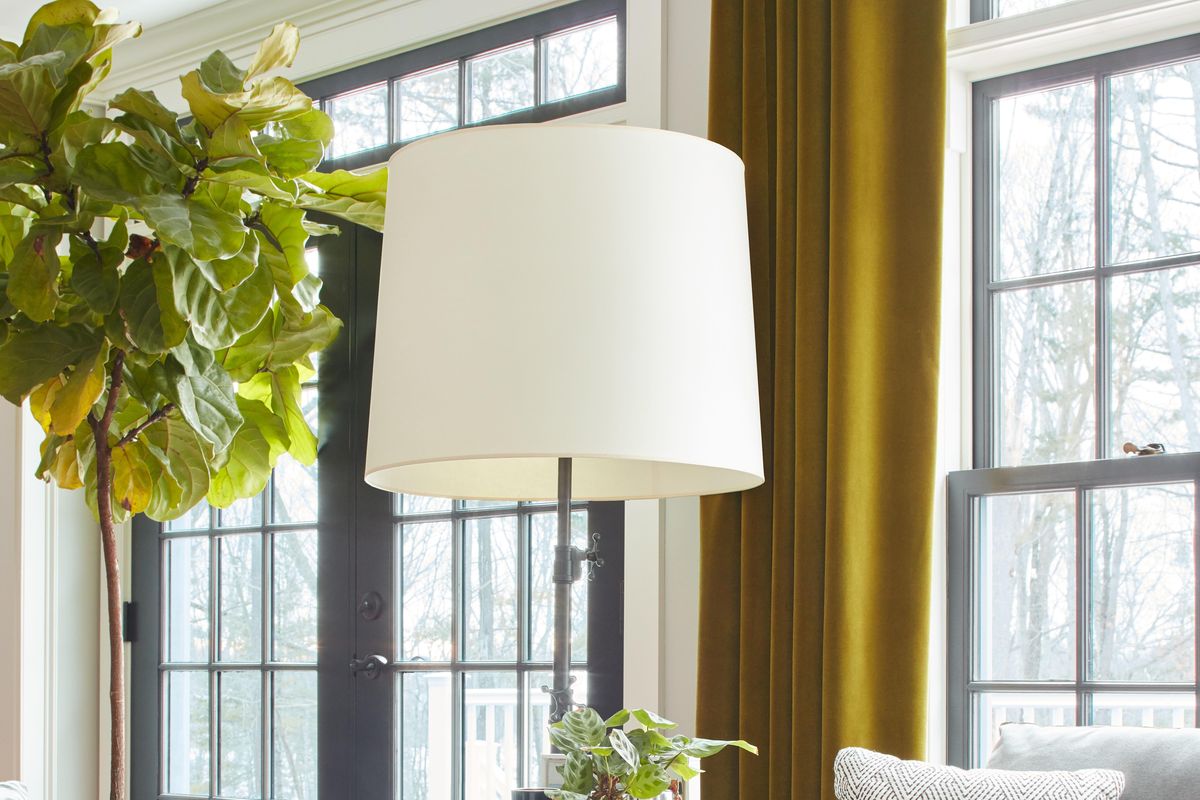Ask a Designer: decorating indoors with plants

From kitchen herb gardens to miniature indoor trees, interior designers are increasingly bringing plants into their home design projects.
Plants are “the one little piece that people always forget will finish a room,” says Massachusetts-based designer Kristina Crestin. They make a space feel complete but not over-accessorized, she says, and can solve a range of design challenges.
New York designer Young Huh agrees: A miniature tree can be the perfect addition where you need something tall, she says, and a flowering plant can bring a burst of color to a tabletop. Plants also help clean the air, boost oxygen levels, and bring a welcome sense of natural unpredictability into otherwise meticulous, modern spaces.
Which plants are popular right now and what are the best ways to decorate with them?
Three designers – Crestin, Huh and New York-based Lindsey Coral Harper – offer their thoughts:
From delicate to bold
For several years running, the “it plant” among designers has been the fiddlefig tree (also called a “fiddlefig fern”). Their trunks are tall and graceful, with large glossy leaves creating a burst of rich, green color that blends with just about any decor.
Fiddlefigs are beautiful and relatively easy to care for, Crestin says, so their trendiness shouldn’t be a reason to avoid one.
For something more “simple and sophisticated,” Harper recommends “any type of boxwood or topiary. There are so many options here, and such a range of shapes and sizes,” she says. “They also make wonderful hostess gifts.”
Another current favorite: the staghorn fern, which has strong, dramatic leaves that almost look like a sculpture.
“Staghorn ferns are really interesting and very masculine to me,” Harper says, and they look great “in a more rustic setting.”
If you’re seeking something delicate, Huh recommends a maidenhair fern. Upkeep is minimal, she says (just “keep them misted and moist”), and the intricate leaves look almost as pretty as a flowering plant.
Another popular choice: miniature olive trees. “They’re a sign of peace and fruitfulness,” Huh says, and look gorgeous in a ceramic pot on a table.
Location, location
It’s popular right now to hang planters on walls, or put up hanging terrariums with succulents or “air plants” inside, says Huh.
These low maintenance plants only need to be misted, rather than watered, and “they stay alive forever,” she says. “I had this air plant that stayed alive for so long, my kids named him.”
The challenge with wall-hung plants is that repeated misting may damage your walls, Crestin points out. So you may prefer to put those same kinds of plants in low-slung pots on a coffee table or other surface.
Don’t leave one plant sitting or hanging all alone. One plant all by itself can look a bit sad and lonely, so add several plants or place a single large one near a piece of furniture.
“Don’t put a tree in the corner to fill a space,” Huh says. “It’s gonna look a little sad. Put a tree in a corner if it relates to something, like a chair.”
Crestin agrees: “I believe in repetition,” she says. For a recent design project, she added three items to one room – a e fern in a low-slung bowl on a coffee table, a beautiful ceramic cup holding a delicate, mossy plant, and then a larger fern in another bowl.
Try to create “a triangle of green,” she says, balancing one plant with another.
Kitchens and baths
Huh says many homeowners are buying wall-mounted growing systems or adding kitchen shelves specifically for potted herbs, berries and other plants grown for consumption.
She’s also pleased to see plants being used in bathroom decorating: “My father used to grow orchids in the bathroom because they got moisture every day,” Huh says. “It’s a great place for ferns that need to be misted.”
Branches and flowers
These designers also suggest looking at what’s blooming outside your home and occasionally bringing it inside.
“I just got back from a job in Florida, and it was so easy to go outside and clip a few palms,” Harper says. “Throw them in a vase and, voila!”
Cut flowers are another option for bringing nature indoors.
“I like to buy fresh flowers on Sundays when I’m having family dinner,” Huh says.
Though they may only last a few days, “that’s what makes flowers so special,” she says. “That ephemeral quality is what makes us appreciate their beauty.”
Know your space and habits
Even if you love something in a magazine or while shopping at a nursery, consider your particular space and habits.
“Think about how much sunlight, love and attention your plants might need,” Harper says. “Make sure you have plants in the appropriate spot in your home so they can grow and prosper.”
Personally, she says, “I prefer something with a little less mess and upkeep.”